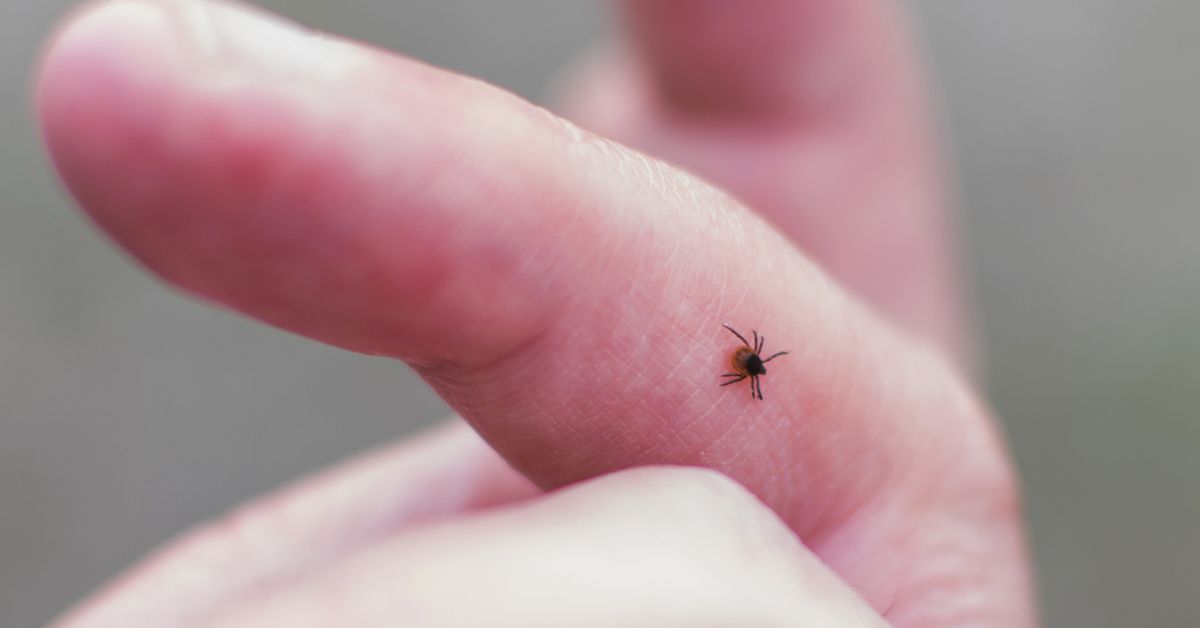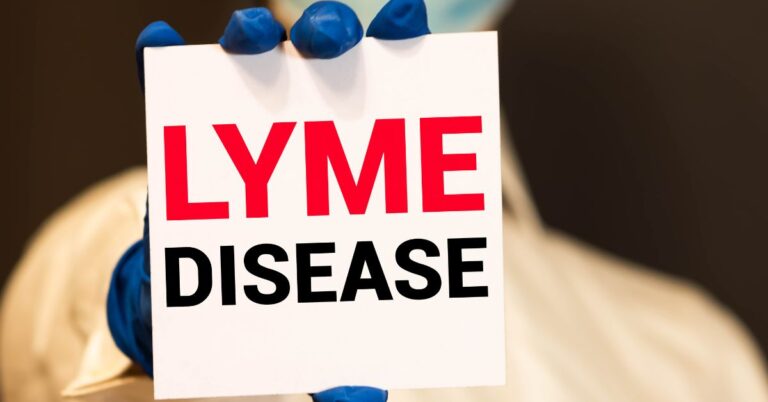Lyme Disease or Flu? Spot These 7 Differences Now
Feeling tired, hot, and with a headache? Whether you’ve been outside or just not feeling well, it can be hard to tell if you have the flu or something worse, like Lyme disease.
With summer tick season in full swing, health experts are sounding the alarm. Early Lyme disease symptoms can easily be confused with a seasonal virus, and missing those signs can lead to serious health problems in the long run. “It’s all too common for early Lyme cases to be dismissed as a flu-like illness,” says Dr. Monica Shoff, MD, an infectious disease specialist at the Mayo Clinic. “But there are some key differences you can keep an eye out for.”
Here’s a quick guide to help you tell the difference between Lyme disease and the flu. Symptoms, when they start, and when to see a doctor are all covered.
1. Cause of Illness: Bacteria vs Virus
The flu is caused by the influenza virus, which spreads through droplets when people cough or sneeze.
Lyme disease, on the other hand, is caused by a bacteria called Borrelia burgdorferi. It’s spread through the bite of an infected black-legged tick. Usually, this happens after the tick has been attached for 36 to 48 hours. Dr. Amesh Adalja, a senior scholar at the Johns Hopkins Center for Health Security, explains that the way Lyme is spread is completely different. If you haven’t been bitten by a tick, you’re less likely to get Lyme.
2. Time of Year: Flu Is Winter, Lyme Is Summer
Flu season typically peaks between December and February in most regions.
Lyme disease cases go up in the spring and summer, especially May to August when ticks are most active. If you’re feeling under the weather after a camping trip or hike in July, don’t just think it’s just a summer cold. Lyme disease could be the culprit!
3. Symptom Onset: Sudden vs Gradual
The flu tends to hit hard and fast with symptoms like high fever, chills, muscle aches, and fatigue developing within hours.
Lyme disease symptoms usually come on slowly, starting with feeling tired, having a low-grade fever, and maybe a bullseye-shaped rash (erythema migrans) that shows up 3 to 30 days after a tick bite. “The flu can knock people out suddenly,” says Dr. Karen Vanderhoof, an infectious disease doctor in Boston. “Lyme disease comes on more gradually, and that makes it easier to miss.”
4. Unique Symptom: Rash Signals Lyme
Lyme disease can show up in a cool way – a round rash that gets bigger over time. It’s not itchy or painful, and it might start right where the tick bit you.
This symptom doesn’t occur with the flu.
According to the CDC, this bullseye rash shows up in 70–80% of Lyme cases (CDC: Lyme Disease Symptoms).
5. Respiratory Symptoms? Likely Flu
If your illness includes a sore throat, cough, nasal congestion, or sneezing, you’re likely dealing with the flu or another viral infection.
Lyme disease rarely involves respiratory symptoms. It’s more likely to cause headaches, joint pain, or fatigue without a runny nose.
6. Flu Gets Better Faster—Lyme Lingers
With proper rest and hydration, most healthy people recover from the flu in 5 to 10 days.
Lyme disease can linger for weeks or even months, especially if left untreated. Some folks even get Post-Treatment Lyme Disease Syndrome (PTLDS), which means they’re still tired, have joint pain, and feel foggy-brained even after taking antibiotics. “The longer Lyme disease goes untreated, the worse and longer the symptoms can be,” says Dr. Shoff.
7. Treatment: Supportive vs Antibiotics
The flu is a real bummer, but don’t worry, there are some things you can do to feel better. Over-the-counter meds, staying hydrated, and getting plenty of rest can help manage the symptoms. In some cases, your doctor might prescribe antiviral drugs like Tamiflu to help you feel better faster.
Lyme disease, on the other hand, needs antibiotics, usually doxycycline or amoxicillin, to get rid of the infection. It’s super important to start treatment early for a full recovery.
More: Mayo Clinic—Lyme Disease Treatment
Why This Matters for Public Health
Flu is a common illness, but it’s usually not serious. However, misdiagnosing Lyme disease can have serious long-term effects. The CDC says that if you don’t get treated for Lyme, you could end up with arthritis, heart problems, or even brain damage.
Cases are also underreported. A 2024 study in BMJ Open revealed that Lyme disease diagnoses in the UK might be 50% higher than we thought, all because people mix up the symptoms.
What You Can Do to Protect Yourself This Summer
Tick Bite Prevention Tips:
- Use DEET or picaridin-based insect repellents
- Wear long sleeves and pants when in wooded or grassy areas
- Stay on clear, well-marked trails
- Do full-body tick checks after being outdoors
- Shower within 2 hours of returning home to remove any unattached ticks
- Remove ticks with fine-tipped tweezers if found
Learn More: CDC’s Tick Prevention Guide
Know the Difference and Trust Your Gut
Lyme disease and the flu might seem similar at first, but they’re actually quite different. Symptoms, when they happen, and how they’re treated are all different. If you’ve been outside and start feeling tired or achy, especially if you get a rash, don’t ignore it. “Early treatment of Lyme disease can make a big difference,” says Dr. Adalja. “If you’re not sure, it’s worth getting tested.”
This summer, stay on top of things, stay safe, and if something feels off, don’t hesitate to chat with your doctor about Lyme disease.
Check out the healthlynic ✔️approved range of products for Weight Loss, Improve metabolism and much more!







